The Science Of Osteopathic Medicine
American doctors come in two flavors: MD and DO. In addition to what MDs can do, DOs can diagnose & treat patients using a developed sense of touch. Here is just some of the science demonstrating the benefits of Osteopathic Manipulative Treatment (OMT).
Back Pain

Boesler D et al (JAOA, 1993) demonstrated that OMT improved EMGs and back and menstrual pain.
Andersson GB et al (NEJM, 1999) did a randomized, controlled trial, showing OMT treated back pain as well as medication.
Burton AK et al (Eur Spine J, 1999) showed that OMT treated sciatica as well as injecting chemicals to dissolve herniated disks.
William NH et al (Fam Pract, 2003) demonstrated that a clinic providing OMT improved long-term spinal pain.
McReynolds TM & Sheridan BJ (JAOA, 2005) proved OMT was as effective as the drug ketorlac for treating spinal pain.
Degenhardt BF et al (JAOA, 2007) showed that OMT altered levels of back pain biomarkers.
Arienti C et al (Spinal Cord, 2011) showed that pain medication plus OMT treated back pain better than either medication or OMT alone.
Parker J et al (JAOA, 2012) compared OMT in well- and less-hydrated patients with back pain, and demonstrated that OMT works best when well-hydrated.
Vismara L et al (Man Ther, 2012) improved back pain in obese patients using OMT and an exercise regimen.
Schwerla F et al (Forsch Komplementmed, 2008 & J Altern Complement Med, 2013) used OMT to improve neck pain intensity, disability and overall quality of life.
Licciardone JC et al (Spine, 2003; Am J Obstet Gynecol, 2010; JAOA, 2012; JAOA 2013; Ann Fam Med, 2013 & Man Ther, 2013) did several well-designed studies, showing that OMT improves back pain and other symptoms among the general population, pregnant women, diabetics and depressed people both acutely and over time.
Vieira-Pellenz F et al (Arch Phys Med Rehabil, 2014) did a randomized controlled, double-blind trial, proving OMT improved pain in patients with degenerative disk disease.
Hensel KL et al (Am J Obstet Gynecol, 2014) did a randomized controlled trial of OMT and pregnancy and demonstrated reduced back pain and back-related function.
Sports and Joint Mobility

Jarski RW et al (Altern Ther Health Med, 2000) demonstrated that OMT improved walking after knee or hip surgery.
Knebl JA et al (JAOA, 2002) used OMT in a randomized controlled trial to improve shoulder function in the elderly.
Eisenhart AW et al (JAOA, 2003) showed OMT improves ankle injuries in the ER.
Howell JN et al (JAOA, 2006) showed OMT improves Achilles tendinitis.
Wynne MM et al (JAOA, 2006) showed OMT improves plantar fasciitis.
Alburquerque-Sendín F et al (Man Ther, 2009) showed that OMT improves standing stability.
Hidalgo-Lozano A et al (J Bodyw Mov Ther, 2011) treated shoulder pain with trigger point OMT.
Moore SD et al (J Orthop Sports Phys Ther, 2011) demonstrated that among collegiate baseball players, OMT lessened shoulder tightness.
Brumm LF et al (JAOA, 2013) did a cohort study and showed less stress fractures occurred in cross-country athletes who received OMT.
Barnes PL et al (J Bodyw Mov Ther, 2013) used objective measures to detect changes in neck muscle function after OMT.
Head and Nervous System Disease
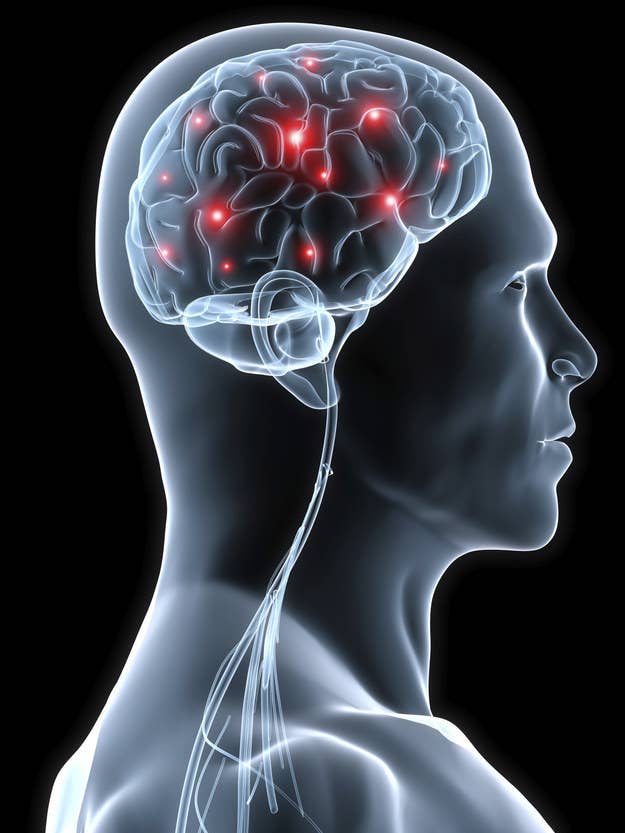
Plotkin BJ et al (JAOA, 2001) did a randomized study, demonstrating lessened symptoms of depression after OMT.
Mills MV et al (Arch Pediatr Adolesc Med, 2003) did a randomized trial, showing OMT led to fewer and less severe ear infections in children.
Goldstein FJ et al (JAOA, 2005) did a randomized controlled trial to show that less pain medicine was necessary after uterus surgery.
Hayden C & Mullinger B (Complement Ther Clin Pract, 2006) did a controlled, prospective study to show that OMT improved infantile colic.
Anderson RE & Seniscal C (Headache, 2006) showed OMT improved tension-type headaches when combined with relaxation techniques.
Monaco A et al (Eur J Paediatr Dent, 2008) suggested that OMT can induce changes in jaw function.
Duncan B et al (JAOA, 2008) did a randomized controlled trial, demonstrating that OMT improved function in children with cerebral palsy.
Sandhouse ME et al (JAOA, 2010) did a randomized controlled trial, showing OMT benefits visual function.
Cuccia AM et al (J Bodyw Mov Ther, 2010) performed a randomized controlled trial, revealing OMT treats jaw disease.
Cramer D et al (JAOA, 2010) found that OMT is safe for use in patients with traumatic brain injury.
Shi X et al (JAOA, 2011) demonstrated that OMT suppression techniques reduce brain oxygenation.
Ajimsha MS (J Bodyw Mov Ther, 2011) showed OMT can treat tension-type headaches.
Voigt K et al (J Altern Complement Med, 2011) showed OMT can treat migraine-type headaches.
Miana L et al (J Bodyw Mov Ther, 2013) used EEGs to show an increase in alpha absolute power with OMT.
Heart and Blood Vessel Disease
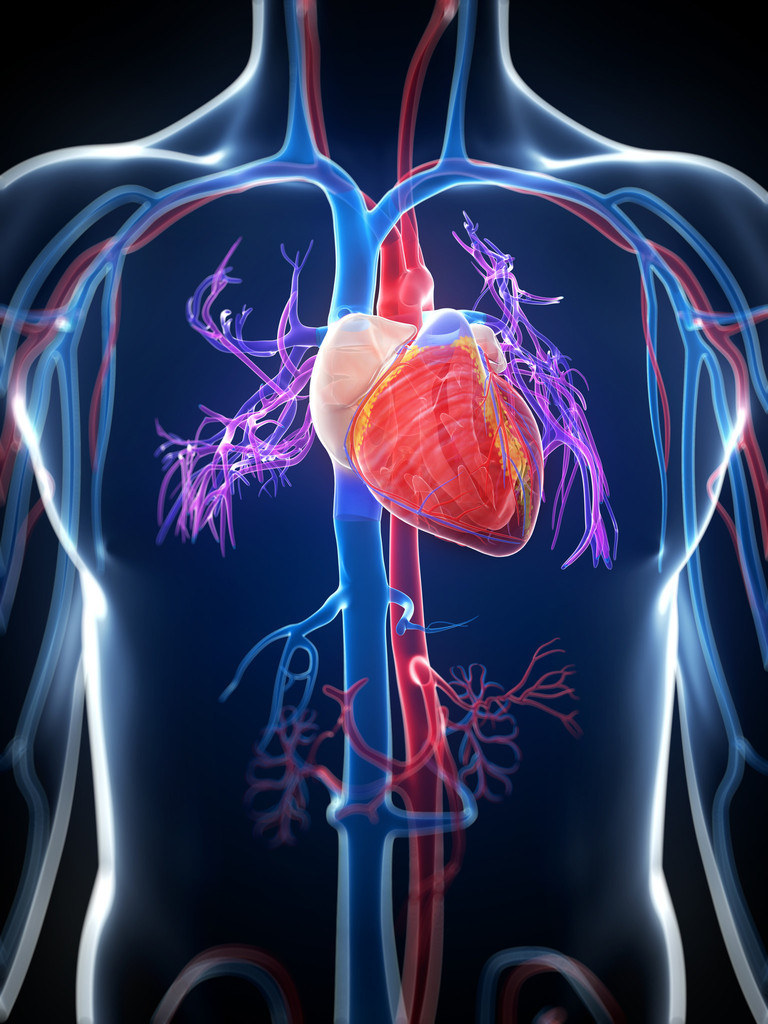
Karason AB & Drysdale IP (J Manipulative Physiol Ther, 2003) improved blood flow to the limbs by using OMT.
Spiegel AJ et al (Heart Dis, 2003) did a review that showed OMT can help treat high blood pressure.
O-Yurvati AH et al (JAOA, 2005) demonstrated that OMT improves cardiac function and perfusion of blood after CABG (heart bypass).
Cerritelli F et al (J Bodyw Mov Ther, 2011) showed that OMT improves high blood pressure and can prevent blood vessel thickening.
Giles PD et al (J Altern Complement Med, 2013) used OMT to enhance heart rate variability.
Hensel KL et al (Complement Ther Med, 2013) showed that OMT can improve hemodynamic control in pregnancy.
Noll DR (JAOA, 2013) demonstrated that OMT reduced platelet counts (markers of acute inflammation) in elderly patients.
Wieting JM et al (JAOA, 2013) performed a randomized controlled study to show improved functional recovery by using OMT after CABG.
Lung Disease
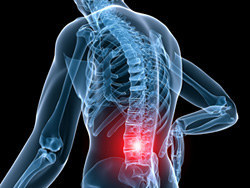
Sleszynski SL & Kelso AF (JAOA, 1993) showed that OMT is as effective as or better than incentive spirometry (deep-breathing exercises) to improve lung function after surgery.
Noll DR et al (JAOA, 1999; JAOA, 2000; Altern Ther Health Med, 2004; JAOA 2008 and Osteopath Med Prim Care, 2010) proved through a series of studies that OMT helps treat pneumonia. OMT decreases antibiotic use, length of stay in the hospital, respiratory failure and death. OMT can also alter lung function in COPD.
Bockenhauer SE et al (JAOA, 2002) showed improved breathing in asthma patients who received OMT.
Guiney PA et al (JAOA, 2005) performed a randomized controlled trial that demonstrated OMT improves breathing in children with asthma.
Henderson AT et al (JAOA, 2010) showed that treating ribs with OMT altered intensity of the nervous input to the lungs.
Saggio G et al (JAOA, 2011) used OMT to increase IgA levels, potentially helping prevent upper respiratory infections.
Zanotti E et al (Complement Ther Med, 2012) used OMT and a pulmonary rehabilitation program to improve exercise capacity and lung function in patients with COPD.
Gastrointestinal Disease

Jackson KM et al (JAOA, 1998) used OMT lymphatic and splenic pump to show that hepatitis vaccines worked better with OMT.
Radjieski JM et al (JAOA, 1998) showed that OMT decreased the time patients with pancreatitis had to stay in the hospital.
Crow WT & Gorodinsky L (IJOM, 2009) studied abdominal surgery patients to show that postoperative OMT is associated with less time in the hospital.
McSweeney TP et al (J Bodyw Mov Ther, 2012) demonstrated that OMT to the colon can help treat back pain.
Baltazar GA et al (JAOA 2013) showed that OMT after gastrointestinal surgery was associated with more rapid return of bowel function and less time in the hospital.
da Silva RC et al (Dis Esophagus, 2013) demonstrated that OMT strengthens lower esophageal sphincter function in patients with GERD (improved acid reflux).
Attali TV et al (J Dig Dis, 2013) using OMT, improved short-term and long-term abdominal distension, pain and rectal sensitivity in patients with irritable bowel syndrome.
Finally, some lighter reading.
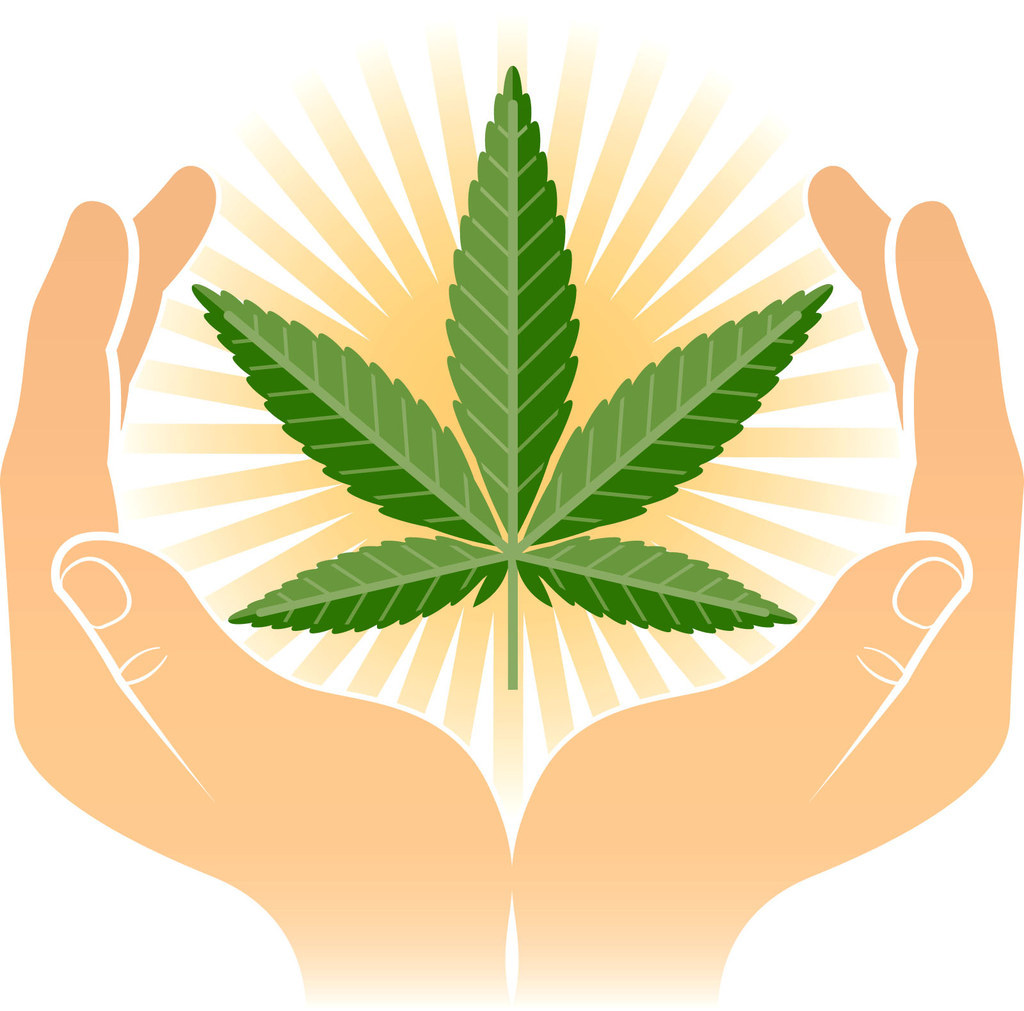
McPartland JM et al (JAOA, 2005; JAOA 2008 and J Bodyw Mov Ther, 2008) found evidence through blood and cellular analyses that OMT may function in part by altering the levels of endocannabinoids (marijuana-like chemicals) in the body.
Science can teach us a lot.
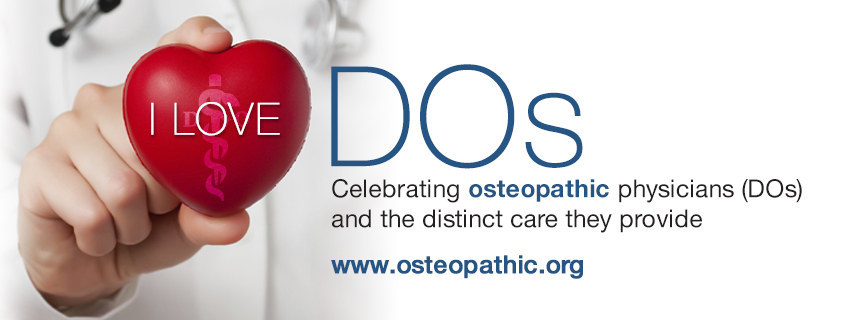
Doctors who use OMT can enhance the care they provide to patients.
These studies and many others support the science of osteopathic medicine.
Become a Community Contributor.

